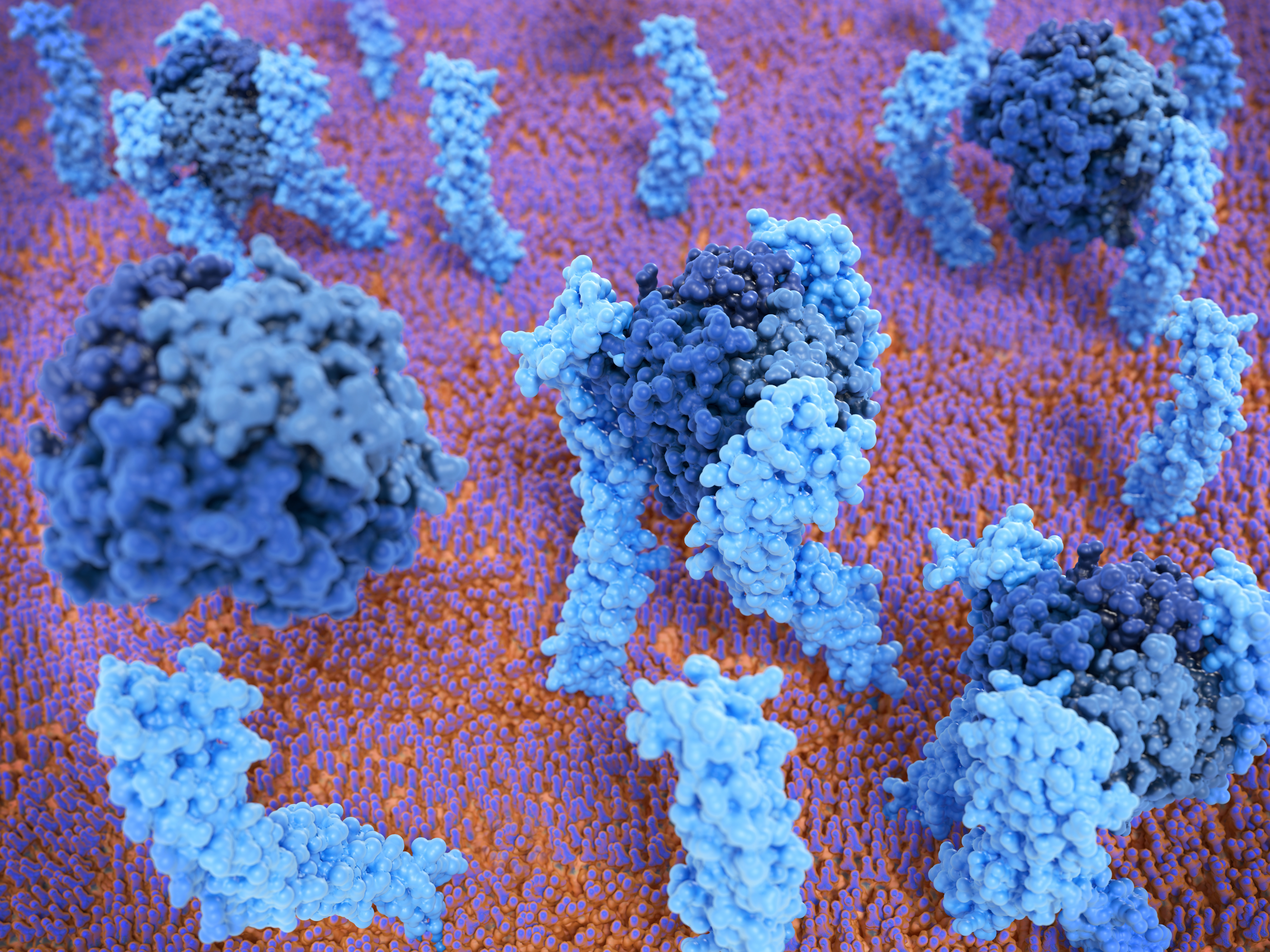A new class of SHIP1 agonists that offer the potential for the development of new treatments for a variety of diseases.
An agonist is a drug or substance that binds to a cell receptor, producing the same action as the substance that would naturally bind to the receptor. Agonists form the basis for a wide variety of therapeutics. The SH-2 containing inositol 5’ polyphosphatase 1 (SHIP1) is a multifunctional protein expressed predominantly by hematopoietic cells. Over the last decade, SHIP1 has been identified as a therapeutic target due to its role in immune cells. It also plays a role in the survival of certain cancers. For example, a SHIP1-selective inhibitor has been shown to be an effective promoter of immune responses to tumor cells, a chemotherapeutic for Blymphoid cancers, hematopoietic stem cell (HSC) mobilization, and engraftment of autologous and allogeneic HSC in murine models of disease or transplantation.
This technology consists of analogs to K306, the most potent SHIP1 agonist identified to date. K306 exhibits selectivity for SHIP1 vs. the paralog enzyme SHIP2; this activation does not require the C2 domain of SHIP1 (which other known SHIP1 agonists require). Thus, K306 represents a new class of SHIP1 agonists with a novel mode of agonism. K306 can also suppress induction of inflammatory cytokines and iNOS in macrophages or microglia, but not by their SHIP1-deficient counterparts. In addition, K306 reduces TNF-α production in vivo in an LPS-induced endotoxemia assay. Finally, K306 enhances phagolysosomal degradation of synaptosomes and dead neurons by microglia, revealing a novel function for SHIP1 that might be exploited therapeutically in dementia.

• Represents a new class of SHIP1 agonists with a novel mode of agonism.
• Suppresses induction of inflammatory cytokines and iNOS in macrophages or microglia.
• Reduces TNF-α production in vivo in an LPS-induced endotoxemia assay.
• Offers a potential treatment for dementia.
The primary application for this technology is the development of therapeutics based on SHIP1 agonists.
Patent application filed on 11/15/22: 63/425,601
TRL 3 - Experimental proof of concept
This technology is available for licensing.
This technology would be of interest to anyone involved in medical research and development, including:
• Pharmaceutical and healthcare companies.
• Hospitals.
• Universities.
• Medical research laboratories.